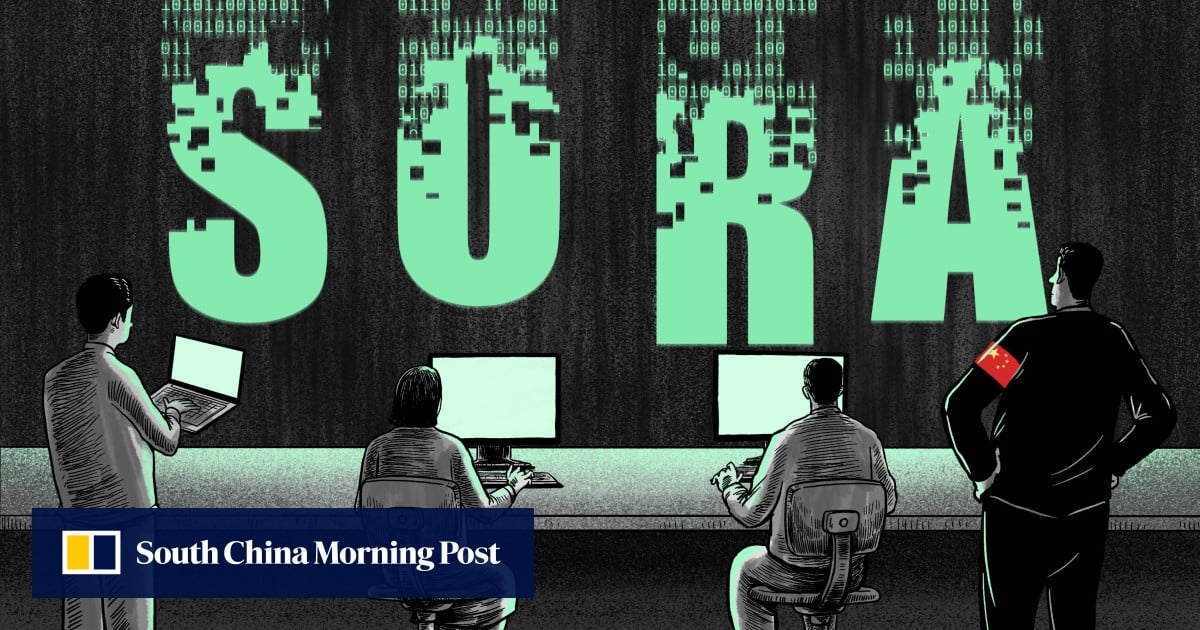OpenAI's Sora Challenges China's AI Dominance
OpenAI's Sora has emphasized the disparity in generative AI capabilities between China and other global players, particularly the US. The launch of Sora has sparked discussions about China's lag in this field, leading to efforts to catch up with cutting-edge technologies. Despite local tech giants like Baidu, Tencent, and Alibaba unveiling their own large language models (LLMs), they struggle to match Sora due to differences in architecture and quality. The limited access to OpenAI's model poses a significant challenge for Chinese developers, prompting them to consider alternative strategies for advancement. The scarcity of quality data, talent, hardware restrictions, and geopolitical tensions further compound China's challenges in competing on a global scale.
Customize Summary
Rewrite with AI
Generate Citations
Translate Source
To Another Language
Generate MindMap
from source content
Visit Source
www.scmp.com
OpenAI’s Sora pours ‘cold water’ on China’s AI dreams
Key Insights Distilled From
by Coco Feng at www.scmp.com 02-24-2024
https://www.scmp.com/tech/big-tech/article/3253034/openais-sora-pours-cold-water-chinas-ai-dreams-text-video-advancements-prompt-more-soul-searching
Deeper Inquiries
